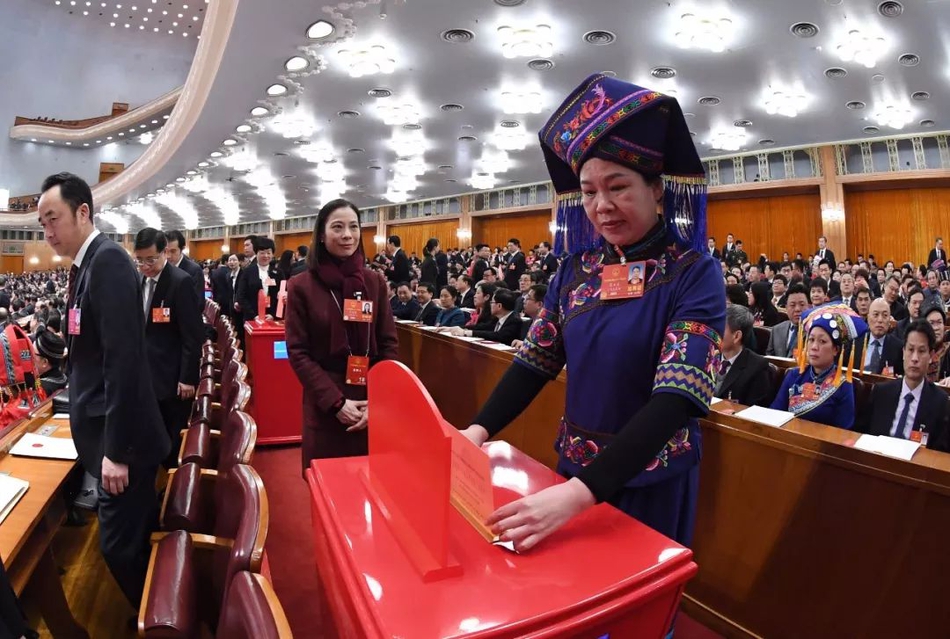Current location:Culture Channels news portal > opinions
China breathes digital life into historical heritage like Great Wall
Culture Channels news portal2024-04-30 04:40:25【opinions】5People have gathered around
IntroductionLANZHOU, Feb. 23 (Xinhua) -- Embarking on a mesmerizing journey, visitors wear virtual reality (VR)
(Editor:Liao Yifan)
Address of this article:http://reunion.whetstonetavern.com/content-44f199879.html
Very good!(241)
Related articles
- 3 dead, 4 missing in explosion at Italy power station
- This ancient snake in India might have been longer than a school bus and weighed a ton
- About 1,300 people from Myanmar flee into Thailand after clashes broke out in a key border town
- Ukrainian president orders demobilization of conscripts
- China's archaeological site parks register strong revenue growth
- Maple Leafs, Jets, Oilers and Canucks carry Canada’s Stanley Cup hopes with drought now at 30 years
- New NHL team marks coming
- Two teams blowing everyone else away in NASCAR Cup. Can the others catch up at Talladega?
- UN human rights chief condemns killings of women and children in Rafah
- 2 Japanese navy helicopters carrying 8 crew believed crashed in Pacific, Defense Ministry says
Popular articles
- Classic Peking Opera films set for screening in Beijing
- Jordan Montgomery wins in debut, Diamondbacks get 22 hits in 17
- Felix Rosenqvist career turnaround continues as Swede gives Meyer Shank Racing 1st IndyCar pole
- Councilwoman chosen as new Fort Wayne mayor, its 1st Black leader, in caucus to replace late mayor
Recommended

Parents of Michigan high school shooter sentenced 10

Avs forward Jonathan Drouin out with lower
As Taylor Swift reveals her heartbreak after two
Remember me? Original Real Housewives of Orange County star Jo De La Rosa returns to the show
I know who killed Jill Dando, says her Crimewatch co

It's an all

London police apologize after threatening to arrest 'openly Jewish' man near pro

Karen rebel forces attack stranded Myanmar junta troops on Thai border — Radio Free Asia
Links
- Fiorentina fights back to draw with Genoa as both suffer from VAR decisions
- Amanda Holden puts on a VERY leggy display in a grey mini
- The 39th Harbin International Ice and Snow Festival is around the corner
- Tesla plans to lay off 10% of workforce, multiple news outlets report
- Tourism market expecting holiday boom
- Thailand to waive visa requirements for Chinese nationals
- Innovative greening manifests China's environmental preservation drive
- China, Greece sign deal to boost tourism cooperation
- China's national political advisory body holds leadership meeting
- Victoria Beckham shows off her £300 mobility scooter while out with husband David